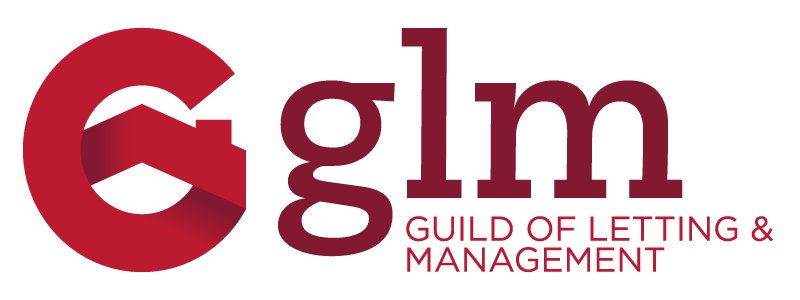Reducing Condensation in Rented Properties
As the temperatures drop, the colder months bring many challenges to homeowners and tenants. One of the most common issues is condensation, which, if left untreated, can lead to damp, mould, and health concerns. With growing awareness around renters' rights following the introduction of Awaab’s Law under the Renters Rights Bill, it’s more important than ever to address these issues proactively, especially as the law now emphasizes the responsibilities landlords have to maintain safe and healthy living conditions.
What Causes Condensation?
Condensation occurs when warm, moist air meets a cold surface, such as windows, walls, or ceilings. As the air cools, it loses its ability to hold moisture, which then condenses into water droplets. In the winter, with central heating on and windows shut, condensation becomes a more common problem. High levels of moisture in the air can come from:
Cooking - Boiling water and using ovens generates moisture.
Showering - Hot water can quickly lead to steam filling bathrooms.
Drying Clothes Indoors - Hanging wet laundry inside increases indoor humidity.
Poor Ventilation - Lack of airflow traps moisture inside the home.
Why is Condensation a Concern?
Excess condensation can lead to dampness and mould growth. Black mould, in particular, can be hazardous to health, especially for those with asthma, respiratory conditions, or weakened immune systems. For renters, living with mould or damp can also create a strained relationship with landlords if not addressed quickly.
This is where Awaab’s Law becomes
Awaab’s Law and the Renters Rights Bill
Awaab’s Law was introduced after the failings of a local authority. Awaab’s Law will strengthen tenants’ rights England within the private rented sector. Under the Renters Rights Bill, landlords will have greater responsibilities to respond swiftly to complaints about damp and mould. They must make sure that their properties are free from hazards that can cause harm to tenants.
Key provisions under Awaab’s Law include:
Timely Repairs - Landlords are now required to fix issues related to damp, mould, and other health hazards promptly. A failure to address these issues could lead to legal penalties.
Tenant Protection - Tenants are protected from eviction if they raise legitimate concerns about the living conditions of the property, such as persistent dampness or mould.
Accountability - Local councils and housing associations are expected to take complaints seriously and conduct proper inspections to ensure safe living conditions.
With Awaab’s Law, tenants have the legal backing to ensure that their homes are maintained to a safe and healthy standard, especially as winter approaches when condensation issues are most
Tips to Reduce Condensation in Your Home
There are practical steps you can take to reduce condensation and avoid the dangers of damp and mould:
1. Ventilate Your Home - Proper ventilation is key to controlling moisture levels. Open windows for short periods daily to let fresh air in, even in winter. Consider using trickle vents if your windows have them.
2. Use Extractor Fans - In areas prone to moisture, like kitchens and bathrooms, use extractor fans to remove damp air. This is especially important when cooking or showering.
3. Avoid Drying Clothes Indoors - Where possible, dry clothes outside or use a tumble dryer. If drying clothes indoors is unavoidable, use a dehumidifier to reduce moisture in the air.
4. Keep Your Home Warm - Maintaining a steady temperature can prevent surfaces from getting too cold, reducing the likelihood of condensation forming.
5. Wipe Down Surfaces - If you notice condensation on windows or walls, wipe them down regularly to prevent moisture from lingering and causing damp.
6. Insulate and Draught-Proof - Proper insulation and draught-proofing of your home can keep it warmer, preventing the cold surfaces that encourage condensation. Check windows and doors for any gaps where cold air can enter.
7. Monitor Humidity Levels - Use a hygrometer to monitor indoor humidity. Ideal levels should be between 40% and 60%. If it exceeds this, consider using a dehumidifier to bring it back under control.
Landlord Responsibilities and Tenant Rights
When Awaab’s Law comes into force, landlords will be legally bound to take tenant complaints about damp and mould seriously. Tenants should feel empowered to report condensation problems early, knowing they have the right to live in safe, healthy conditions. If a landlord is slow to act, tenants have the right to escalate the issue through proper channels.
Landlords, on the other hand, should see this as an opportunity to take a proactive approach by conducting regular inspections, ensuring adequate ventilation, and maintaining a clear plan for addressing damp issues before they escalate.

